Vitamin A-Forte | Capsule | 10 pcs
৳ 30.00
Brand Name: Vitamin A-Forte Soft Gelatin Capsule
Generic: Vitamin A
200000 IU
Manufacturer: Drug International Ltd.
Unit Price: ৳ 3.00 (50’s pack: ৳ 149.93)
SKU: XD50142
Categories: Capsules, Capsules, Medicines, Multivitamins & Minerals
Tags: Vitamin A-Forte, Vitamin A-Forte Capsule
Indications
Effective for:
- Vitamin A deficiency. Taking vitamin A by mouth is effective for preventing and treating symptoms of vitamin A deficiency. Vitamin A deficiency can occur in people with protein deficiency, diabetes, over-active thyroid, fever, liver disease, cystic fibrosis, or an inherited disorder called abetalipoproteinemia.
Possibly Effective for:
- Breast cancer. Premenopausal women with a family history of breast cancer who consume high levels of vitamin A in their diet seem to have reduced risk of developing breast cancer. It is not known if taking vitamin A supplements has the same benefit.
- Cataracts. Research suggests that high intake of vitamin A in the diet is linked to a lower risk of developing cataracts.
- Diarrhea related to HIV. Taking vitamin A along with conventional medicines seems to decrease the risk of death from diarrhea in HIV-positive children with vitamin A deficiency.
- Malaria. Taking vitamin A by mouth seems to decrease malaria symptoms in children less than 3 years-old living in areas where malaria is common.
- Measles. Taking vitamin A by mouth seems to reduce the risk of measles complications or death in children with measles and vitamin A deficiency.
- Precancerous lesions in the mouth (oral leukoplakia). Research suggests that taking vitamin A can help treat precancerous lesions in the mouth.
- Recovery from laser eye surgery (photoreactive keratectomy). Taking vitamin A by mouth along with vitamin E seems to improve healing after laser eye surgery.
- Complications after pregnancy. Taking vitamin A seems to reduce the risk of diarrhea and fever after pregnancy in malnourished women.
- Complications during pregnancy. Taking vitamin A by mouth seems to reduce the risk of death and night blindness during pregnancy in malnourished women.
- Eye disease affecting the retina (retinitis pigmentosa). Research suggests that taking vitamin A can slow the progression of an eye disease that causes damage to the retina.
Therapeutic Class
Vitamin-A preparations
Pharmacology
Vitamin A plays an essential role in the function of retina and is essential for growh and differentiation of epithelial tissue.
Dosage & Administration
Vitamin A deficiency For severe deficiency with corneal changes: 500,000 unit/day for 3 days, followed by 50,000 unit/day for 2 wk and then 10,000-20,000 unit/day for 2 mth as follow-up therapy.
For cases without corneal changes: 10,000-25,000 unit/day until clinical improvement occurs (usually 1 -2 wk).
Interaction
Decreased absorption with neomycin. Increased risk of hypervitaminosis A with synthetic retinoids eg, acitretin, isotretinoin and tretinoin. Increased risk of toxicity when used with alcohol.
Contraindications
Hypervitaminosis A; pregnancy (dose exceeding RDA).
Side Effects
Hypervitaminosis A characterised by fatigue, irritability, anorexia, weight loss, vomiting and other Gl disturbances, low-grade fever, hepatosplenomegaly, skin changes, alopoecia, dry hair, cracking and bleeding lips, SC swelling, nocturia, pains in bones and joints.
Pregnancy & Lactation
Pregnancy Category A. Adequate and well-controlled human studies have failed to demonstrate a risk to the fetus in the first trimester of pregnancy (and there is no evidence of risk in later trimesters).
Precautions & Warnings
Cholestatic jaundice; fat-malabsorption conditions. Monitor patients closely for toxicity. Liver impairment and children.
| Generic Name | Vitamin A |
|---|---|
| Size | 200000 IU |
Only logged in customers who have purchased this product may leave a review.




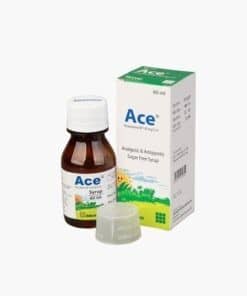
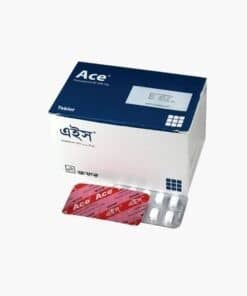

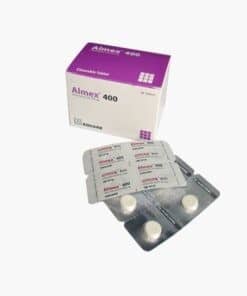

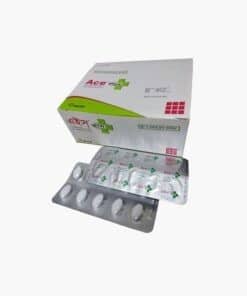
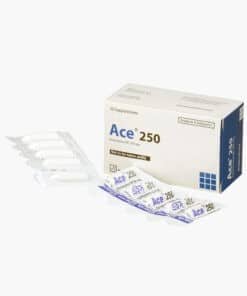
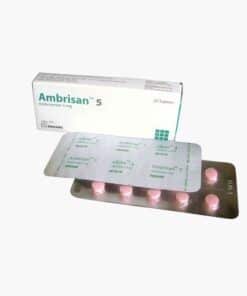
Reviews
There are no reviews yet.